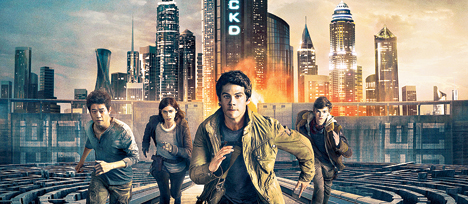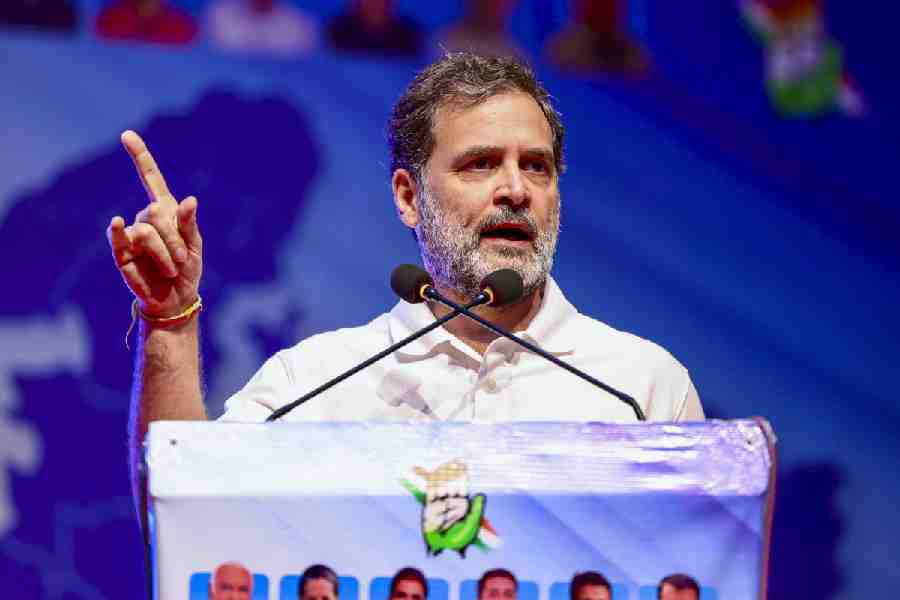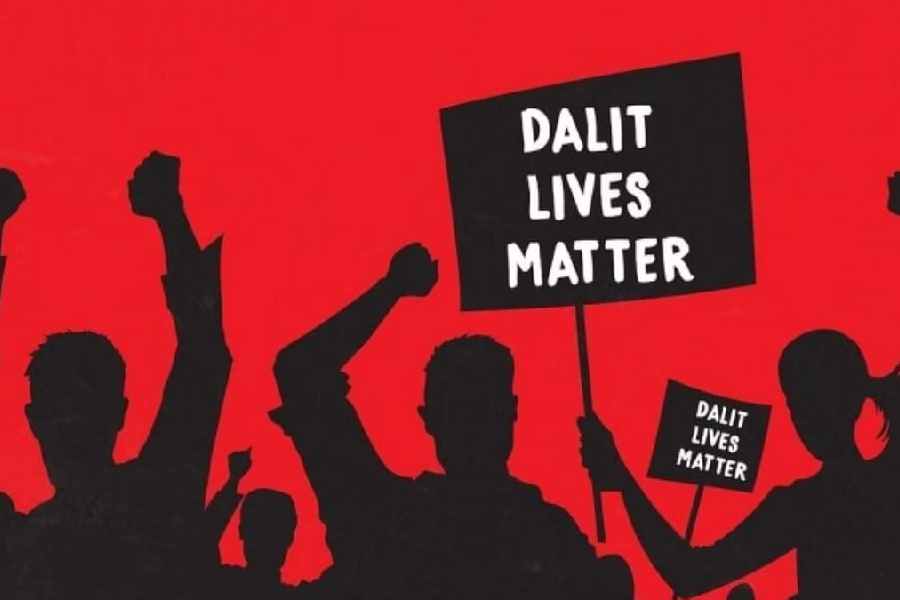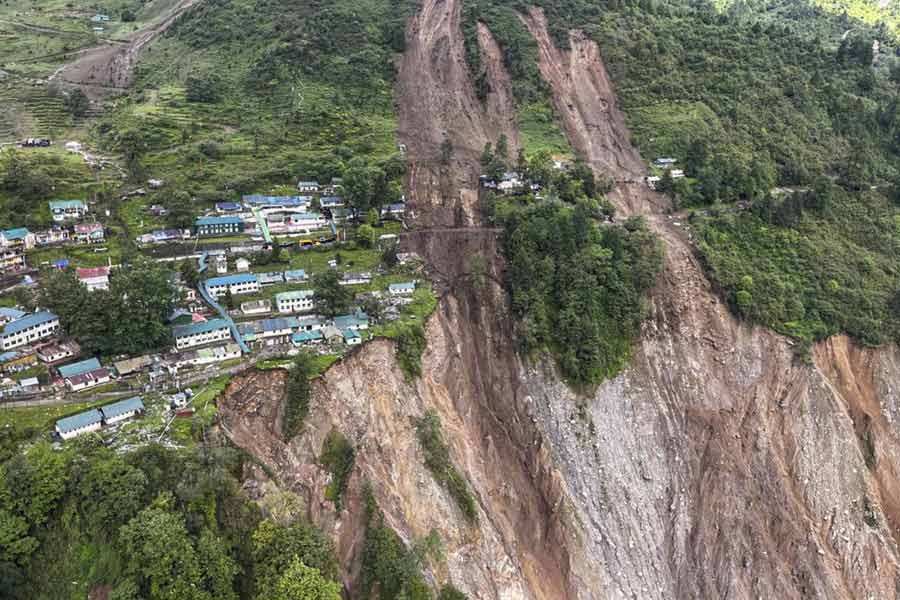
An idyllic reflection of green shrubbery in a shimmering pool is our first view in Wes Ball’s powerful eight-minute short Ruin. Released in 2011, Internet audiences were blown away by the kinetic chase scene that followed, set in an abandoned and overgrown megacity. With no dialogue, but stunning visual and sound design, Ruin told a story about life in a post apocalyptic world unlike any other. As calling cards go, it doesn’t get much better.
In the flurry of sharing that followed, the short attracted the attention of executives at Fox, who brought Ball in for a series of meetings. By the end of his first week of contact with the studio, Ball had a deal to develop Ruin into a feature and, first, to adapt James Dashner’s novel The Maze Runner for the big screen.
It was a dream come true for the talented director, who had previously achieved success as the owner of Oddball Animation, a visual effects company. Few first-time feature filmmakers get to play with Hollywood’s toy box. But Ball more than met the challenge, delivering a film that was critically-acclaimed, action-packed and intense, and a global box-office hit. He followed up with the Maze Runner: The Scorch Trials, going to work even as the first film was still in theatres.
And now he returns with Maze Runner: The Death Cure, currently playing in theatres. As Thomas (played by Dylan O’Brien) and his fellow Gladers adjust to life in the Scorch, they realise that the key to putting an end to this war they find themselves at the heart of lies in the Last City, a walled-off utopia where WCKD has its base, and where the last survivors of the deadly Flare Virus keep safe.
On a drive to the film’s set, in Cape Town, South Africa, Ball explains more about bringing the trilogy to its conclusion.
You’ve made sure that each of the films in this series has a distinct look. How does The Death Cure continue that tradition?
It’s true. I imagine the box set, and each one has a different tone. The first one, it’s those rustic, green, overgrown, concrete colours. And then you go into the second, and at the end of that, you basically have that kind of brown rust scorched thing. We started that movie in the desert. Dusty, blue skies, that colour palette. Then, here we are, in essentially the world of WCKD, which is sci-fi, dark, almost futuristic. We joked we were kind of making our Blade Runner a little bit. I just love that each of these movies has a distinct look and feel, but that all kind of wrap into one universe. It let’s us not repeat ourselves, though here we do start in the Scorch, where the last one left off.
How has it been to lean into the heavier sci-fi of this film?
I guess we’ve always thought of these films as more adventures than sci-fi movies. But, in this one, we definitely go into a more modern aspect of it all, within the context of our world, which is a world still suffering from the Flare Virus. Our city is walled off from the rest of the world, and what I loved about it is the idea that we spent the past two movies — especially the first — breaking out of walls, and this movie is about breaking into walls.
When we see our first view of the Last City, you’ll see why it’s still standing. They’ve built, essentially, the same maze walls around it, surrounding it to protect this little core group of people that are just trying to survive the millions and millions of people that are flooding into this area looking for either a cure, safety, whatever. It’s essentially a heist movie this time.
There are similarities to the books and there are differences, obviously. Almost from the first movie we started on a trajectory that kind of splits off, and the second movie comes out a little bit, but by the end of this movie, I think we’ll end up right back where the book ended.
The stakes in the first two films were life and death. Here they ramp up again, which seems impossible. How do you maintain that level of intensity?
It’s weird, but I always thought of it as we aren’t making sequels... we’re making the end of this long story. In the first one, even when we were starting to think about when we were finishing editing in the first one, and the studio was, ‘What’s the next one going to be?’ I wasn’t originally going to do the next one, but when we started thinking about what would we do, we immediately started thinking about the third one, too. And we always looked at Star Wars, and all the great movie trilogies, and I was adamant from the very beginning, if we did it, it would be beginning, middle, and end. We would not stretch this on longer than it needed to be.
We kind of approached it right from the start where that last one was going to be about everything comes to a head. We always thought about rescuing Han Solo, essentially, and so we set that up in that second one with Minho (played by Ki Hong Lee ), because that became that great kind of drive towards the end.
I always say that the first movie was about leaving the house for the first time as a kid and the second one’s essentially going to college when you’re still trying to find out who you are. You’re on your own, but you don’t know who you are. And that third movie is really about finally coming to a more mature look at good and evil, in a weird way, because in our story, we take a sympathetic approach towards Teresa (played by Kaya Scodelario). People want to hate her from the very beginning for having to betray her friends. I think, in this movie, you’re going to see, ‘Wow, maybe we don’t agree with what she did but, you can see why she did it’. And showing that point of view, from the WCKD point of view, essentially, of how they’re just trying to solve a crisis of the world.
Thomas, the main character who comes in just to save his friend Minho, essentially comes right up against that question of, ‘What are you willing to do to save the world?’ And you find that grey area, that it’s not cut and dry. It’s not simple. And he, hopefully, at the very end of the movie, will be left with this interesting question about what’s next. It’s not just going to be, he comes in on a white horse and saves the world. There’s some serious, freaking costs that come to this choice he took to come here.
So, ‘intense’, I think, is the right word. But hopefully, by the end, you’ll feel the characters went through some kind of growth and discovered the complications of adulthood, essentially.

Does the scale ramp up in this final chapter?
It’s absolutely the biggest movie we’ve done so far. It’s the most complicated. It’s like, in the first movie it was one point of view... it was Thomas. We never broke that point of view. The second one was three point of views. It was Jorge (Giancarlo Esposito) and Brenda (Rosa Salazar), a little bit of Jansen (Aidan Gillen) and WCKD, and then Thomas. And now, it’s like five different points of views... different stories that all kind of collide in this one city.
We’re always looking to try to top ourselves somehow. And, not only that, but I think it’s the nature of a trilogy, that each successive story has to be bigger. We have to tie up all these other threads that are just coming to a head, so, it couldn’t be smaller, somehow. Even if we wanted to make it smaller, story-wise, subjec- wise, it’s still going to be just big.
And, of course, it’s fun for us to do the adventure thing. I always said I wanted to be entertaining first. The first one is kind of an adventure. A great boys’ adventure. It was all kind of romantic and stuff like that. And obviously we went up against that and just said this is basically Indiana Jones, this is those fun adventure movies you remember. We have a lot of cool set pieces in this, too, that still have that kind of The Maze Runner-y adventure thing. But, hopefully, we’re also kind of exploring some bigger ideas.
Probably the biggest challenge for us story-wise is how to do what the book does but, perhaps, differently. That’s been tricky so far. But, I think we’ve come up with a good method, a good approach. And, obviously, we have James Dashner, he’s always involved in those kind of things, and I brought him back on set, so I have a little cameo somewhere. I got a cameo in the first movie. We couldn’t make it on the second one, but we got him into the movie this time for the last one. That’ll be fun, too, for the book fans.
How do you reflect on the journey you’ve had with this cast across three movies?
We were so lucky with our cast. They’re real, real actors. They’re not just pretty faces. We always put an emphasis first on finding good actors. We weren’t going to necessarily do a star-driven thing, though they’ve become stars. We were lucky enough to have found and picked great actors and they just keep getting better and better. They go off and do their other big, exciting things, and then we get them on this third one and they’re all anxious to go more in-depth and do more interesting, subtle things, and be actors and not franchise leads. We start, with them, in the script, trying to give them good stuff to chew on.
You know, they say 80 per cent of the director’s job is in casting, and it’s true. When they fully commit to doing their best, and we’re there to shoot it, it’s some kind of magic stuff. We have great scenes where it’s like, ‘Yeah, that’s going to be heart-breaking’. Or, ‘That’s going to be a great moment’.
The journey is coming to an end. How does it feel, in the home stretch?
It’s definitely bitter-sweet. I’m happy to be finishing up this story and I’m ready to move onto the next thing in my life, but it’s sad to see it come to an end at the same time. The good thing is I have a great relationship with all of these guys and we’ll all know each other forever. We’re bonded by this experience forever, and I’ll be able to use them in future movies.










